2017 Fiat 124 Spider Review - Shhh, Don't Say Its Name

If you weren’t in on the secret, much of this morning’s presentation at the Park Hyatt Aviara would have made no sense. A series of four FCA personnel stood up to talk about the new 124 Spider, which was behind them to stage right. On stage left was a pristine Euro-bumpered 124 Sport Spider from the late ’60. Each of them talked about “what’s changed on the car.”
“It’s five inches longer, with all-new exterior sheetmetal,” one presenter said. “It’s got an aluminum panel in the folding roof, and thicker rear glass,” another noted. “The suspension tuning is completely different,” stated yet another. I could see the confusion on the faces of some of the older auto journos from the newspapers. It’s five inches longer than the original 124? It’s got thicker rear glass? The suspension is different? Well, duh, right? For more than an hour, Fiat’s marketing, styling and engineering personnel talked about “what’s changed on the car.”
There was the word that never escaped anybody’s lips, not a single time. Even when I raised my hand to ask “how the weight compares,” I couldn’t quite bring myself to say the word. But we can say it here on TTAC: Miata. The new Fiat 124 Spider is based on the ND-generation Mazda Miata, the car that your humble author drove in Spain a year and a half ago and which has been quite justifiably hailed as the finest small roadster of this century. The 124 Spider is assembled right next to the Miata in Japan, with a “J” VIN. The primary difference: where the Miata has a 2.0-liter Skyactiv normally-aspirated four-cylinder, the 124 has the turbo 1.4-liter MultiAir four-banger from the Fiat 500 Abarth, built in Italy and shipped to Mazda’s assembly line.
Fiat would prefer that we didn’t mention the Miata. But, as we’ll see, the 124 Spider need not fear any comparisons with its store-branded sibling. Quite the contrary, in fact.
As fate would have it, two weeks ago I had the chance to put about 400 miles on a fully-loaded Miata as part of a piece I’m doing for R&T next month. It was my first chance to drive a 2.0-liter, U.S.-spec ND Miata and I have to say that I was utterly stunned by just how close the little Mazda comes to perfection. Everything about that Miata is in perfect balance. The chassis, the engine, and the control weighting — all but impossible to improve upon.
What a relief, therefore, to see that Fiat didn’t even try to improve on it. Instead, they took that central, perfected character of the Miata and shattered it, creating three great cars from one perfect one. I’ll explain. You see, all Miatas are basically the same. Sure, you can get a few different trim levels, but that’s all they are — different option packages that sit very lightly on a single essential character. If you don’t like the MX-5 Club, you won’t like the Grand Touring, and vice versa.
With the 124, on the other hand, the three available trim levels each represent a fundamental change in the car’s mission. Start with Classica, the $25,990 base model. I started my morning by driving a grey six-speed manual Classica through about 40 miles of San Diego canyon roads. It’s much quieter than the Miata, even top down, and it rides very softly. The interior, however, is essentially identical to what you get in a base Miata, right down to the three metal-finish knobs that control the climate control. Grip from the 16-inch tire package is modest, and the suspension floats a bit when you encounter sharp dips or rises in the road.
I’m a veteran of many miles and years in the original Fiat Spiders. This Classica is the truest to those relatively modest roadsters, built as cheaply as possible by sullen union labor with cheap steel and massively aromatic vinyl. There was nothing luxurious or even exotic about the first 124 Spider. It’s best to think of it as an Italian take on the Karmann Ghia, throwing a stunning body on prosaic underpinnings and a twin-cam head on the same engine that took much of Italy to work every day.
The stellar unity of the Miata is missing from the Classica. It doesn’t handle quite as well as I’d like and the MultiAir, like most modern turbo motors, would rather you skip the last thousand revs in favor of a short-shift strategy that rides the meat of the torque curve. The net effect is to undermine that jinba ittai just a bit. It doesn’t feel as special as the car from which it’s derived. As an actual, practical daily driver, however, it’s miles ahead. The NVH improvements reduce driver fatigue, and the turbo engine makes keeping up with traffic effortless. I would recommend the Classica over the Miata for anybody who doesn’t have an active racing license.
That goes double, even triple, for the Lusso, which adds leather upholstery and the ability to add a wide variety of optional extras for just under twenty-nine grand. The Lusso that I drove had an automatic transmission. LJK Setright famously said that the turbo engine and the torque-converter automatic transmission were perfect partners, because “one will be at work when the other is not.” I suspect that the vast majority of Spiders in this country will be automatic Lussos — and you know what? It’s an absolutely brilliant car. I was prepared to despise it, but 30 miles behind the wheel was enough to make me a believer. The Aisin-sourced automatic is direct and beautifully programmed, keeping the turbo on the boil and catapulting the Lusso forward with real authority. With the top up, I found myself going very fast without really planning to.
I’ve never had any affection at all for auto-transmission Miatas, but the 124 Lusso is simply a great car. It’s quiet, it’s comfortable, and it is absolutely no hassle to drive. The nearest competitor with the same virtues would have to be the Mercedes SLK250, which costs nearly twice as much. It’s not the 124 that I’d choose for myself, but there’s very little to criticize about it. Incidentally, the first one hundred and twenty-four Spiders to be delivered to this country will be special electric-blue Lussos with a Prima Edizione equipment package. They’ll be $35,995 and I’d imagine that they are all spoken for already.
As good as the Classica and Lusso are, I’d still personally take a Miata Club or Grand Touring for my own garage. The 124 Abarth, on the other hand … oh man. Just look at it. That flat-black hood and trunk, the Brembo calipers, the scorpion badging. It’s aggressive in a way that no factory Miata has ever been. Fiat set up an autocross course at Qualcomm Stadium in San Diego specifically to show the Abarth off. They said that we could have “unlimited runs.” After my ninth run, it was suggested to me that I take a break. Like, a long break.
Without that suggestion, I’d have driven that course for another hour. Maybe two. The Abarth is just brilliant. The MultiAir is uncorked a bit by a quad-pipe exhaust that supposedly raises horsepower to 164. There’s an Abarth-branded aftermarket exhaust available as well that makes the Fiat sound like a miniature Ferrari 488. I recommend it. Try to forgive me for saying “1.6 liter” during the cooldown lap in the video, by the way!
The six-speed manual transmission, sourced from the NC-generation Miata, has shorter, sharper throws than the new-gen box in the ND. It’s absolutely confidence inspiring. The chassis, as well, is beyond reproach, allowing the tail to be thrown and caught in third gear with reckless abandon. The front end has all the grip that’s missing in the Classica and the stiffer suspension removes both the float and the mild fore-and-aft pitch that affects the Classica, the Lusso, and the Miata itself.
The Classica departs from the Miata formula to add everyday usability; the Lusso leaves it to provide grand-touring comfort. The Abarth is like a tuner Miata; low, angry, quick to respond. Speaking of tuning: there are shops that are getting 230 horsepower out of the 500 Abarth for a couple grand. The Abarth starts at $30,540. Expect to see them in Friday-night street-race lots across the country next year, snorting and popping and hissing under exaggerated boost pressure. There’s something amusing about the fact that the Miata is finally available in a variant that will command the respect of young men; all they had to do was put a snail on the thing and roll hardware-store paint on the hood. I absolutely adore it.
The best way to understand the 124 Spider is this: it’s a four-wheeled Bimota. Some of you will recognize Bimota as the Italian motorcycle manufacturer that wraps Italian chassis and styling around proven Japanese engines. In the ’80s, when Suzuki and Yamaha were putting killer powerhouse inline-fours in rather dodgy perimeter frames, the Bimotas were unstoppable. The problem with them was that all of the Italian stuff, particularly the wiring, was subject to variable quality control.
This Fiat should offer the same bulletproof engineering and assembly quality that makes Miatas such great long-term ownership propositions, but it also has Italian styling and a powertrain that simply speaks with more authority than the relatively anodyne Skyactiv 2.0-liter in the Mazda-branded car. There’s no price penalty, and the weight penalty of about 100 pounds is well worth it for anybody who values peace and quiet on the freeway. I won’t say that it’s a better car than the Miata; I don’t think it is. But it hits some very specific marks in a way that its sibling cannot.
Casual roadster fans will love the automatic Lusso. The Classica is arguably better value than the base MX-5. And that Abarth? It’s enough to make you forget that word that we weren’t supposed to say in today’s media briefing.
Disclosure: Fiat Chrysler Automobiles paid for travel, lodging, and provided food and drink for the purpose of this review.
[Images: Fiat Chrysler Automobiles, © 2016 Jack Baruth/The Truth About Cars]

More by Jack Baruth
Latest Car Reviews
Read moreLatest Product Reviews
Read moreRecent Comments
- SCE to AUX Yes, I'll miss it, and it doesn't make sense to kill off your 3rd-best seller. 2023 was its best year since 2018.
- SCE to AUX This was the same car I had (05 xB, stick, "camouflage" color) for 7 years - great car.We called ours "The Lunchbox". I added aftermarket wheels, and the 3rd-party cruise control the dealers could install.It suffered only two failures: bad window switch in week 2 (dealer fixed in 1 hour), bad trailing O2 sensor (fixed myself for $70). Fuel economy was always 28-34 mpg.It was a potential death trap, and ride quality became unbearable after 2 hours. I once did a 10-hour round trip in it and could barely walk after.Traded it for a 2012 Leaf, which was a better car in some ways.
- Bd2 The "e" nomenclature signifies the e-ATPs which BMW is pursuing.
- Dave M. I'm sorry to see any storied name go away. The lifespan of the Malibu has fit perfectly in my lifetime years-wise. Some of the highlights include the first and second generations, the '78 revamp (very clean design), and the 2005 generation. Ford, GM and Mopar gave this segment away by allowing Toyota and Honda a foot in the door and then always having to play catch-up. How hard is it to make a truly competitive sedan at a profit? Obviously, Japan Inc. figured it out.I've driven a few rentals these past years; the Malibu got the job done but honestly the Passat and Altima were my rental preferences.
- Kcflyer actually yes. It's a shame that a product this uncompetitive can still outsell GM's entire EV offerings. Those products have had billions thrown at them. Imagine how nice the new Malibu, Impala, SS, and Lacrosse would be with that kind of commitment.



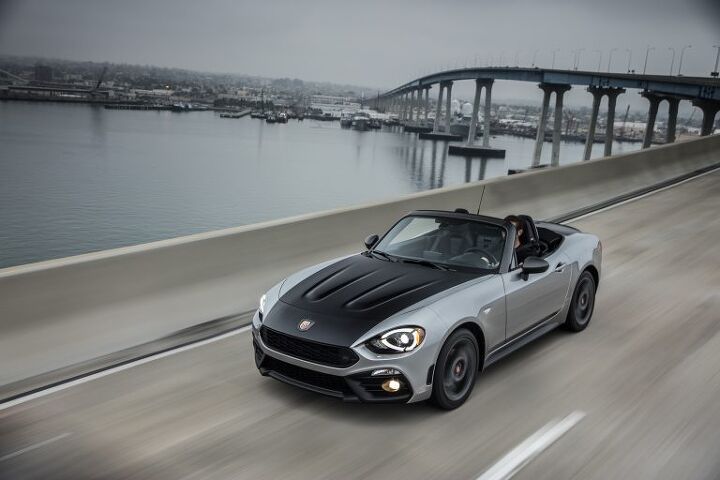


















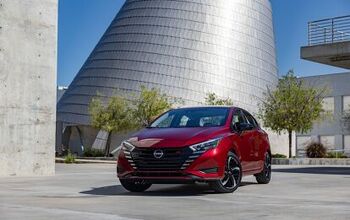
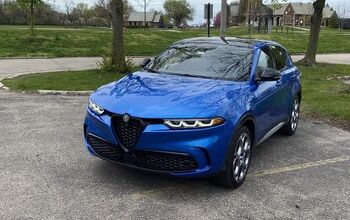


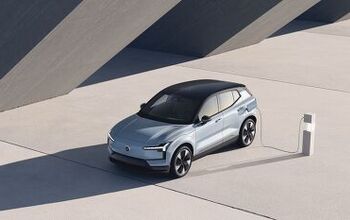
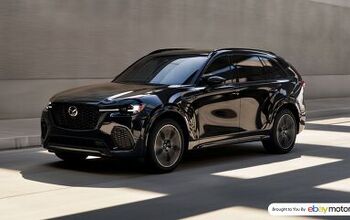
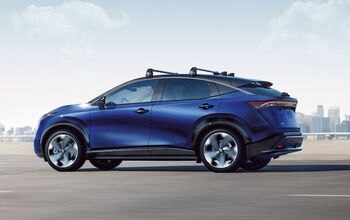
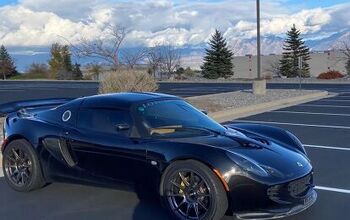

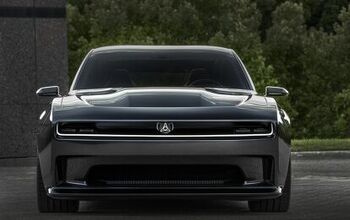

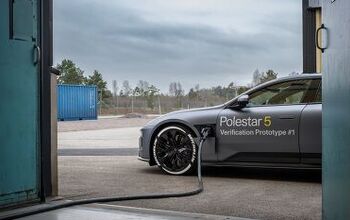
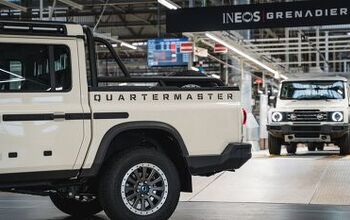
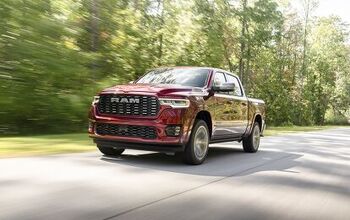
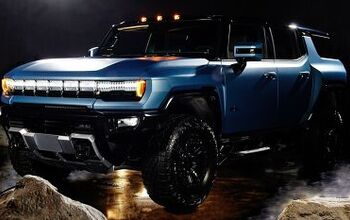


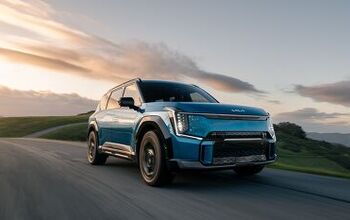
Comments
Join the conversation
In a perfect world, The Mazda would come with the Abarth engine. As sweet as the Abarth engine is, there is no way I'm going to plunk down new car money for a Fiat. The Fiat will depreciate like a wet stone. It's Mazda for me, preferably the new RF.
Al Cosentino would flip over on his roll bar to see the 124 being built by the Japanese. He's lucky he's dead, I suppose. I've loved the 124 Sport Spider since the 1980s when I brought home my first, a 1974 model that was rusty and dented all to hell. It ran poorly -- fixed by simply tightening the Weber to the manifold. The hood was in the back set -- a few bolts cured that. And then I had a flop-top named Ragdoll that served me well for several years. Then I moved to Seattle and the damp climate finished off the rustwork; the car was done. I transplanted that engine into my wife's '78 and as far as I know it's still in there. Had an unheated Alquati manifold and 2 non-sequential, double-downdraft Weber 44s to put on it but for some reason never got around to doing that. Yeah I loved those cars. I want to love this new car, but Al keeps whispering in my ear about how Toyota lied about making more twin cams than anyone else, and Fiat had built twice as many at that date (like, 1976). Those damned Japanese! If Fiat can still put heart and soul into a car, and I can get past the Japanese writing on so many of the parts (and Al stops haunting me), I might be tempted. Meanwhile, I'll drive my old C4 Vette until the wheels fall off of it or I keel over dead.